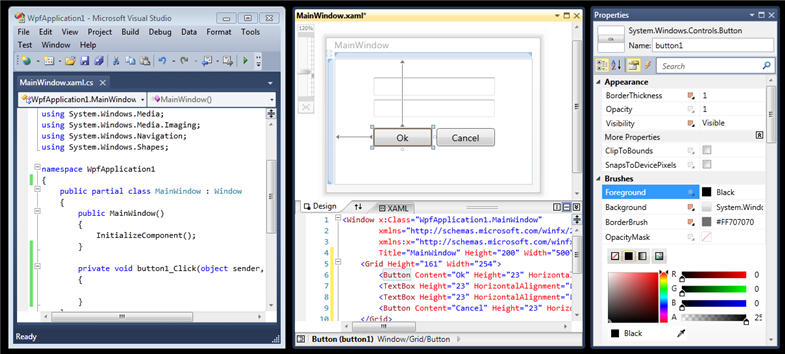-
读csv文件
import pandas food_info=pandas.read_csv('food_info.csv') print(type(food_info)) print(food_info.dtypes) print(help(pandas.read_csv))运行结果:

-
显示前5行
food_info.head()运行结果:

food_info.head(3)运行结果:

-
显示后5行
food_info.tail()运行结果:

print(food_info.shape)运行结果:

-
读取特定的数据:
print(food_info.loc[0])运行结果:

-
切片:
print(food_info.loc[3:6])运行结果:

-
列名取数据
ndb_col=food_info['NDB_No'] print(ndb_col)运行结果:

-
取某几个列
columns=['Zinc_(mg)','Copper_(mg)'] zinc_copper=food_info[columns] print(zinc_copper)运行结果:

-
endswith()
col_names=food_info.columns.tolist() print(col_names) gram_columns=[] for c in col_names: if c.endswith('(g)'): gram_columns.append(c) gram_df=food_info[gram_columns] print(gram_df.head(3))运行结果:

-
对取出的某些列进行数值运算
print(food_info['Iron_(mg)']) div_1000=food_info['Iron_(mg)']/1000 print(div_1000)运行结果:

-
列和列相乘
water_energy = food_info["Water_(g)"] * food_info["Energ_Kcal"] water_energy = food_info["Water_(g)"] * food_info["Energ_Kcal"] iron_grams = food_info["Iron_(mg)"] / 1000 print(food_info.shape) food_info['Iron_(g)']=iron_grams print(food_info.shape)运行结果:

-
求某一列的最大值
# the "Vit_A_IU" column ranges from 0 to 100000, while the "Fiber_TD_(g)" column ranges from 0 to 79 #For certain calculations, columns like "Vit_A_IU" can have a greater effect on the result, #due to the scale of the values # The largest value in the "Energ_Kcal" column. max_calories = food_info["Energ_Kcal"].max() # Divide the values in "Energ_Kcal" by the largest value. normalized_calories = food_info["Energ_Kcal"] / max_calories normalized_protein = food_info["Protein_(g)"] / food_info["Protein_(g)"].max() normalized_fat = food_info["Lipid_Tot_(g)"] / food_info["Lipid_Tot_(g)"].max() food_info["Normalized_Protein"] = normalized_protein food_info["Normalized_Fat"] = normalized_fat
vue
物联网
网络协议
微软技术
ICU
Java开发
dxf
supervisor
流程图
vue3组件
CMake include
B+树
短视频
集成测试
android菜鸟
颜宁
天气App
因果AI
代码加密
Spring AOP失效
Pandas数据读取+索引计算
news/2024/7/5 8:49:54
相关文章
pandas数据预处理实例
排序,默认从小到大排 #By default, pandas will sort the data by the column we specify in ascending order and return a new DataFrame
# Sorts the DataFrame in-place, rather than returning a new DataFrame.
#print food_info["Sodium_(mg)"]
fo…
pandas常用预处理方法
求均值,表格中含有空值: #The result of this is that mean_age would be nan. This is because any calculations we do with a null value also result in a null value
mean_age sum(titanic_survival["Age"]) / len(titanic_survival[&qu…
VS 2010之多显示器支持 / Multi-Monitor Support (VS 2010 and .NET 4 Series)
【原文地址】Multi-Monitor Support (VS 2010 and .NET 4 Series) 【原文发表日期】 Monday, August 31, 2009 10:37 PM
这是我针对即将发布的VS 2010 和 .NET 4所撰写的 贴子系列的第四篇。
今天的贴子讨论其中一个IDE改进,我知道很多人都在迫切期望VS 2010的--…
pandas自定义函数
sort_values和reset_index new_titanic_survival titanic_survival.sort_values("Age",ascendingFalse)
print (new_titanic_survival[0:10])
titanic_reindexed new_titanic_survival.reset_index(dropTrue)
print(titanic_reindexed.iloc[0:10])运行结果…
技术人员不应该固步自封
能力的提高不是通过量,而是通过质来提高的。
经常听到人们说,这点东西犯不到花这么大力气。
如果是学术问题,我觉得OK,确实是这样,因为有思路就行了。
但是技术问题则不同,光有想法是不够的。工程上是要…







